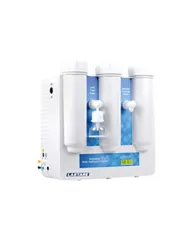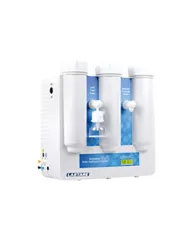
Eliminating Medium endotoxin Ultrapure Water System – Labtare WPS62-063UF2
Category :
Water Purification System
Water Purification System
Price :
Rp.270.500.000
More From Water Purification System
Standard Ultrapure Water Purification System – Labtare WPS61-002D
Ultrapure water system is sub-economic choice for high grade experiments. This level of purification is required for advanced analytical techniques, such as HPLC, and is commonly used for semi-conductor manufacturing.
Rp.98.300.000
See DetailsEliminating Endotoxin Ultrapure Water Purification System – Labtare WPS61-002DUF
Ultrapure water system is sub-economic choice for high grade experiments. This level of purification is required for advanced analytical techniques, such as HPLC, and is commonly used for semi-conductor manufacturing.
Rp.118.000.000
See DetailsLow TOC Ultrapure Water Purification System – Labtare WPS61-002DUV
Ultrapure water system is sub-economic choice for high grade experiments. This level of purification is required for advanced analytical techniques, such as HPLC, and is commonly used for semi-conductor manufacturing.
Rp.111.500.000
See Details



